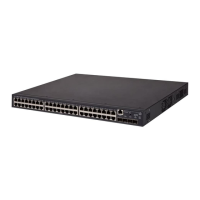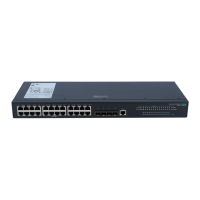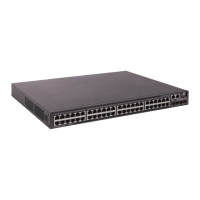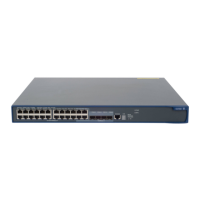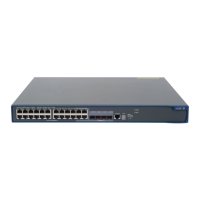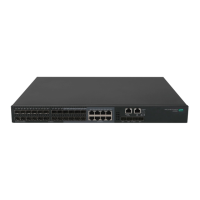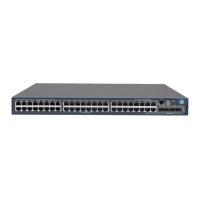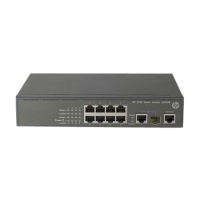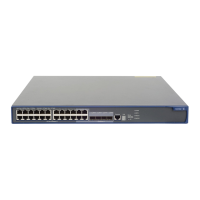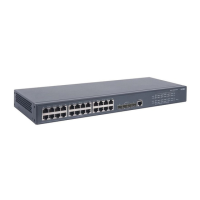107
Ste
Command
Remarks
5. Load the upgrade Boot ROM
image to the Boot ROM.
bootrom update file file-url slot
slot-number-list
Specify the downloaded software
image file for the file-url argument.
The new Boot ROM image takes
effect at a reboot.
Specifying the startup image file and completing
the upgrade
Perform this task in user view.
Ste
Command
Remarks
1. Specify main or backup
startup image files for the
master device.
• Method 1:
boot-loader file ipe-filename
{slot slot-number } { backup |
main }
• Method 2:
boot-loader file boot
boot-package system
system-package [ feature
feature-package&<1-30> ]
slot slot-number { backup |
main }
Upgrade files must be saved in the root
directory of the storage medium on any
IRF member device.
If the storage medium is partitioned,
save the files to the root directory of the
first partition.
Make sure the following filename
format requirements are met:
• If method 1 is used, the file name
must use the
storage-medium:/base-filename.ip
e format, for example,
flash:/startup.ipe.
• If method 2 is used, all file names
must use the
storage-medium:/base-filename.bi
n format, for example,
flash:/startup-boot.bin.
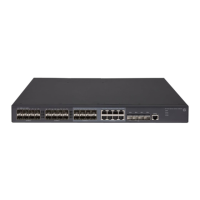
